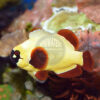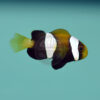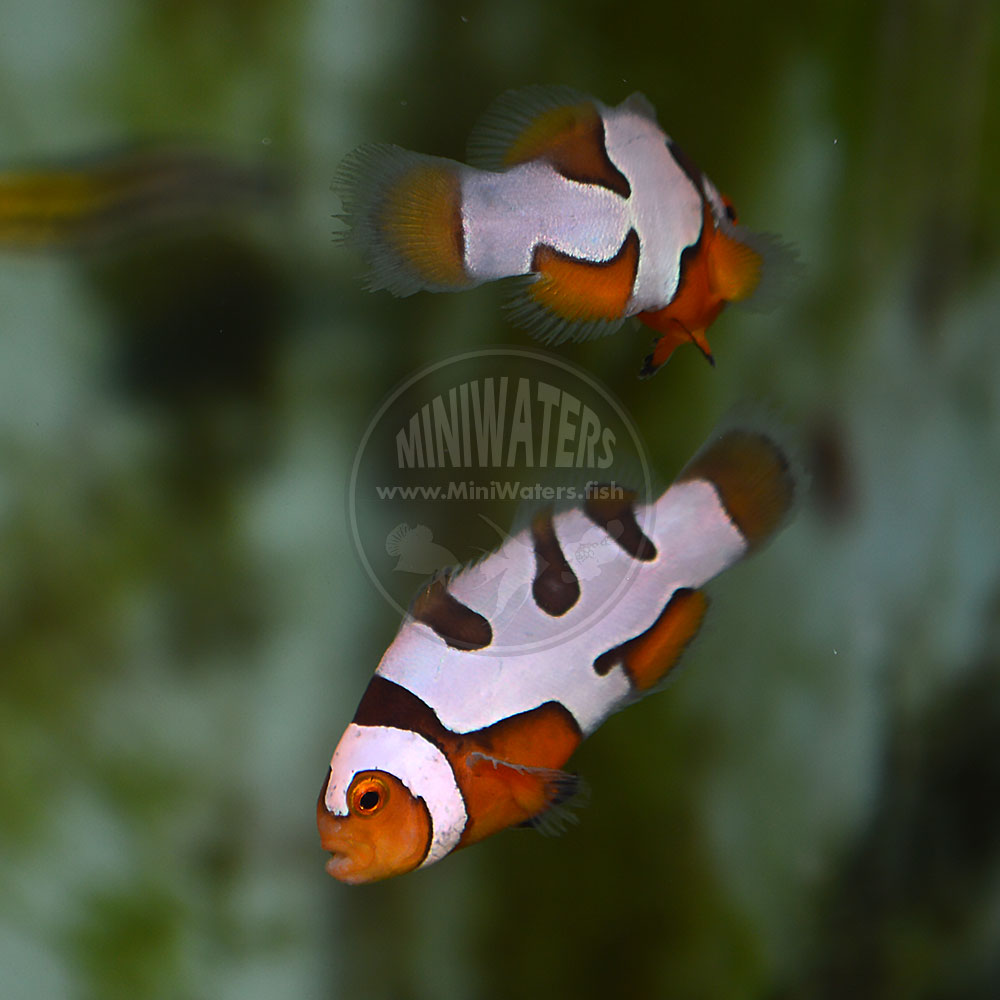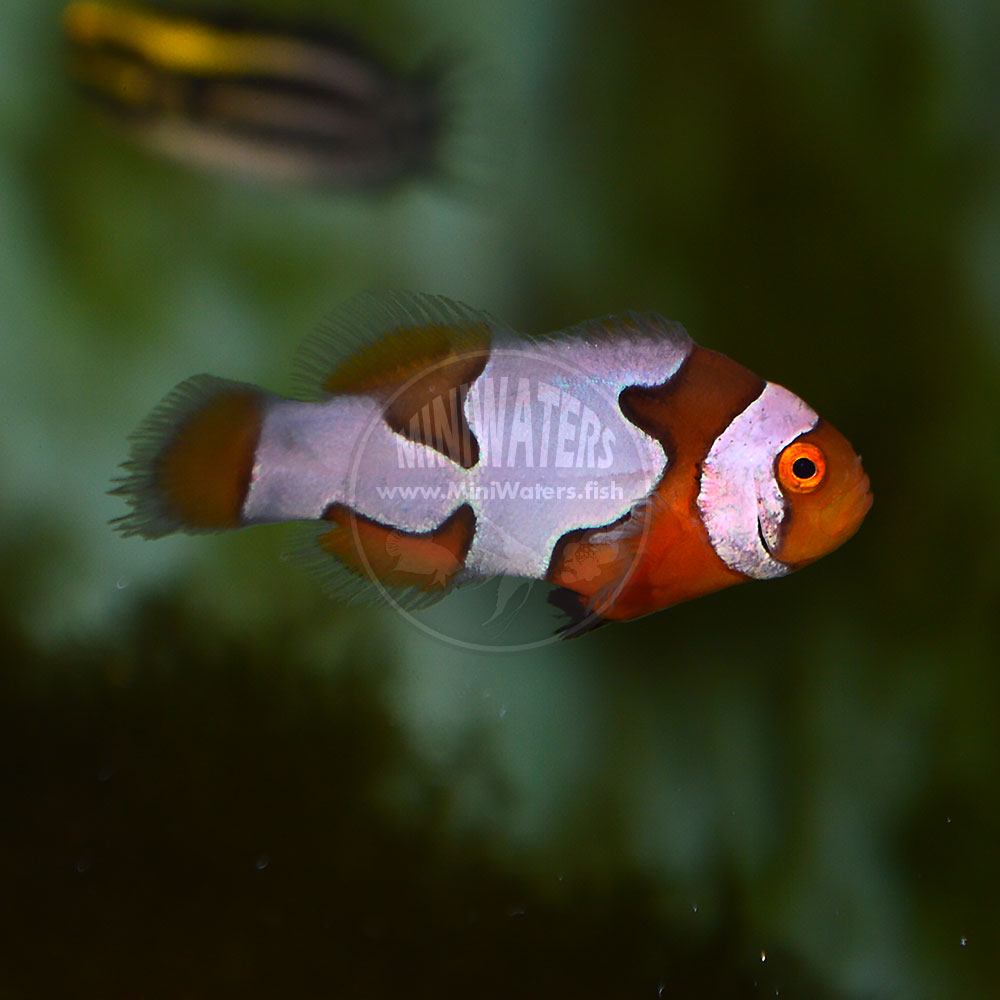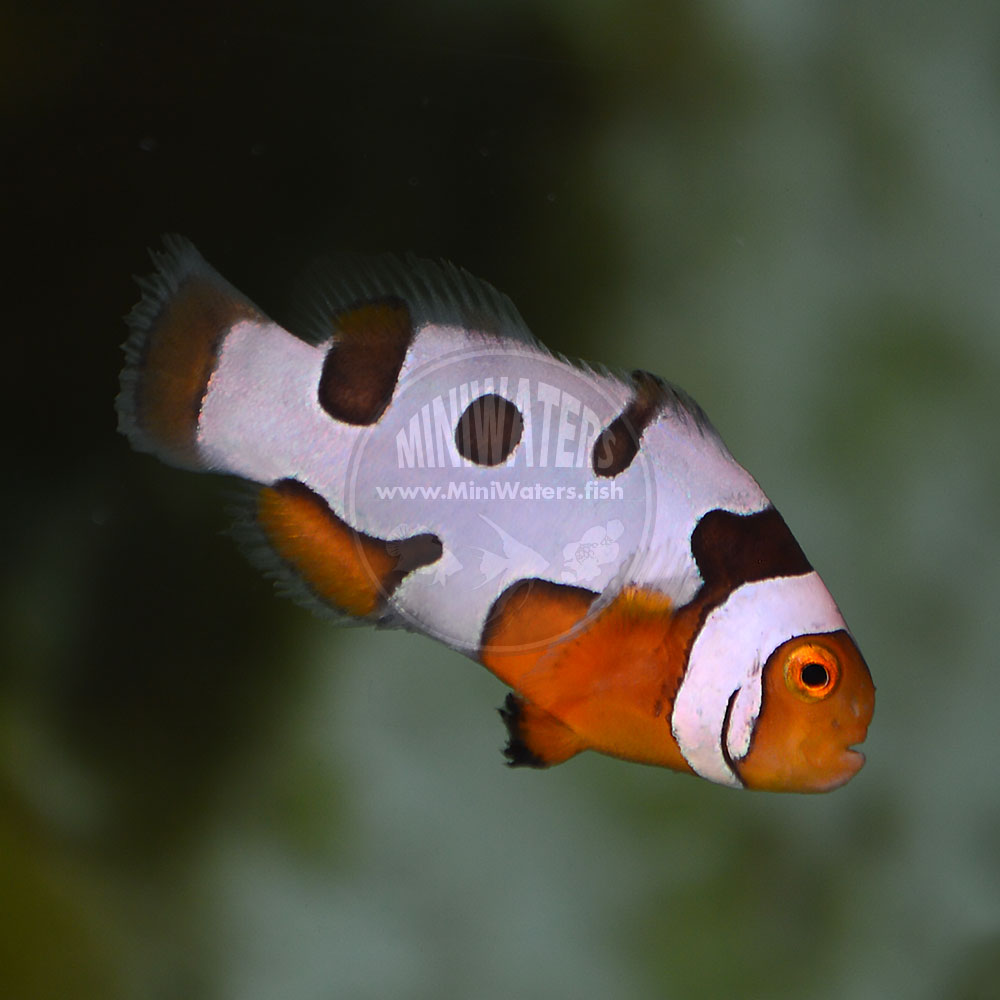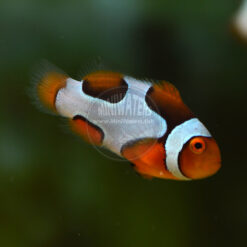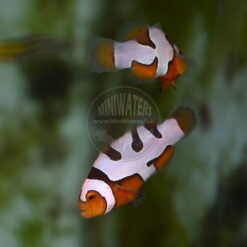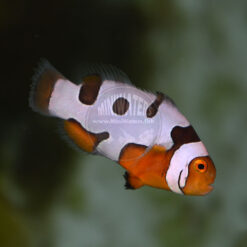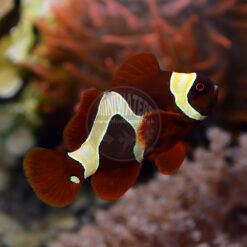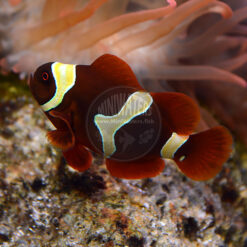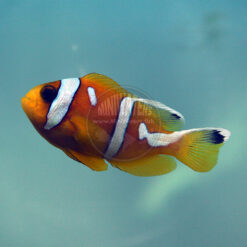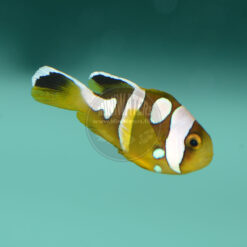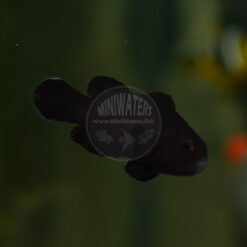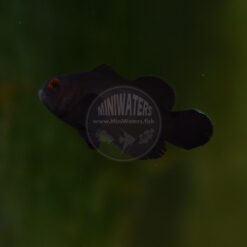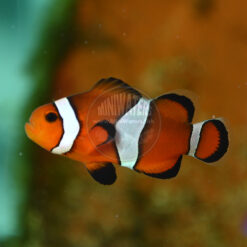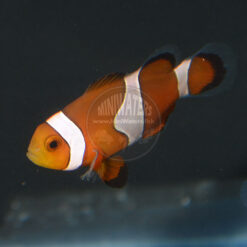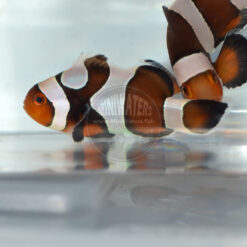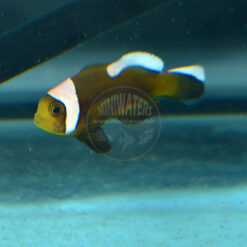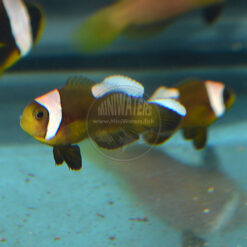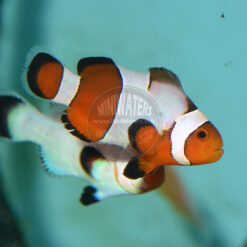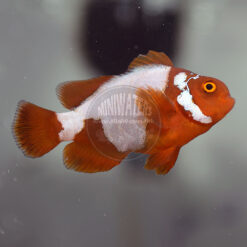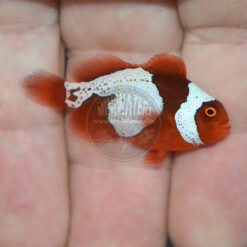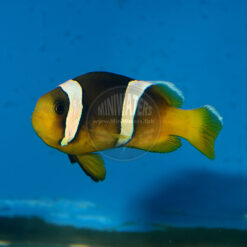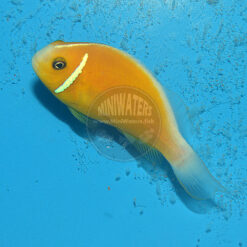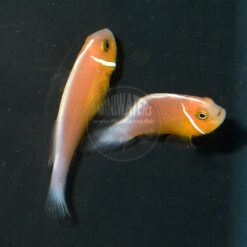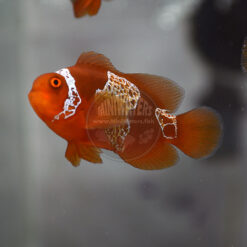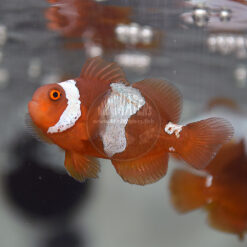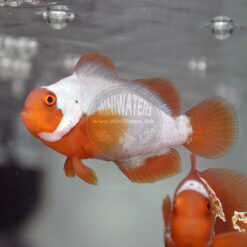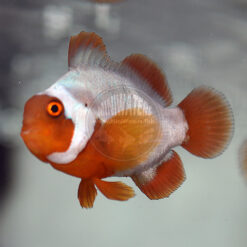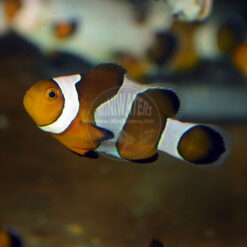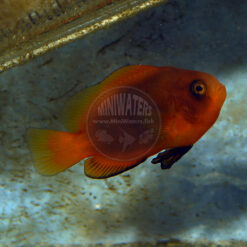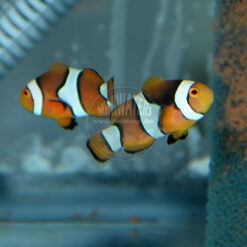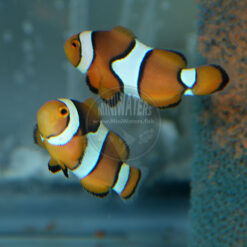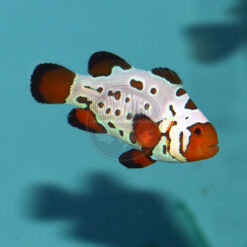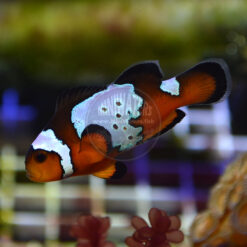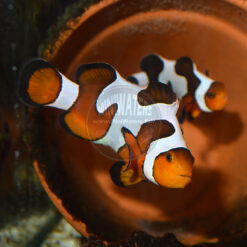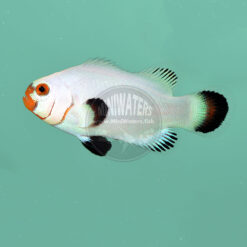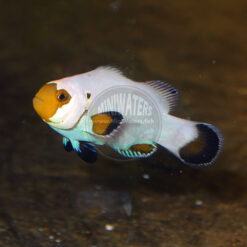Amphiprion percula “Picasso” Percula Clownfish, Premium Grade
$79.00 – $179.00
The Picasso Percula represents a genetic mutation first discovered in a wild Solomon Islands Percula Clownfish, Amphiprion percula, and brought to market by ORA (Oceans, Reefs & Aquariums). Percula Clownfish remain one of the most desireable species; technically they are the smallest species of clownfish, which makes them ideal for nano reefs. I’ve personally kept Perculas in very small aquariums; I wouldn’t hesitate to suggest a pair as a showpiece for something like a 6 or 12 gallon nanocube. Learn more about Picasso Percs below:
Description
The Picasso Percula represents a genetic mutation first discovered in a wild Solomon Islands Percula Clownfish, Amphiprion percula, and brought to market by ORA (Oceans, Reefs & Aquariums).
Percula Clownfish remain one of the most desireable species; technically they are the smallest species of clownfish, which makes them ideal for nano reefs. I’ve personally kept Perculas in very small aquariums; I wouldn’t hesitate to suggest them a pair as a showpiece for something like a 6 or 12 gallon nanocube.
Since their introduction, Picasso Perculas have become rather popular and ubiquitous. Genetically, there is strong evidence that the Picasso gene is a partially dominant allele; Picasso is the single-dose (heterozygous, P/+) form, while Platinum Perculas appear to be the double-dose (homozygous, P/P) type. Breed any two card-carrying Picasso Perculas together, and you should get an interesting mix of wild-type (3-stripes, 25% of the offspring), Picasso types (50%), and Platinums (25%).
These Picassos are graded as “Premiums”, selected for connecting stripes. As you can see, individuals can vary quite a bit. The amount of black a Picasso has on the flank will improve with age (all the photos shown here are juveniles around 1-1.25″) but also varies depending on broodstock pairs / breeding lines.
Purchases made from general stock will receive a randomly chosen individual. If you are the type to be picky about the appearance of your designer clownfish, I encourage you to visit the WYSIWYG Saltwater Fish section of the website to see if there are any individual fish listed.
Additional information
| Scientific Name | Amphiprion percula |
|---|---|
| Geographic Location | Australia, Indonesia, PNG, Solomon Islands |
| Captive-Bred | |
| Breeder | Proaquatix, Sustainable Aquatics |
| Quality / Grade | Premium |
| Sizes Available | Small, Medium, Large, Juvenile Pair |
| FishBase Link | http://www.fishbase.org/summary/AMPHIPRION-PERCULA.html |
| Wholesale Available | No, Yes |
Related products
Clownfish
Clownfish


